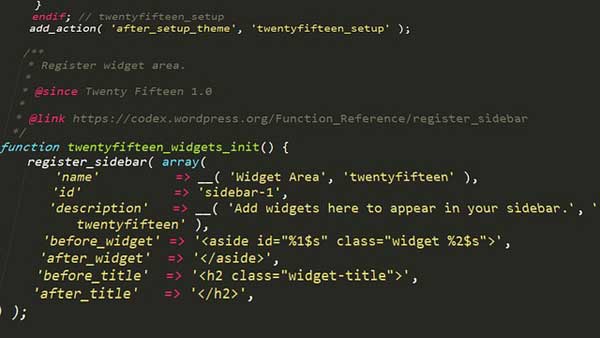When it comes to building a WordPress website, choosing the right theme is crucial. Themes control the overall design and functionality of your site, and can have a big impact on its speed and user experience. In recent years, WordPress block themes have gained popularity as a powerful new option for building custom layouts. But how do block themes differ from classic themes, and which is right for your site? Let’s explore the differences in detail.

Customization Options
One of the biggest differences between block themes and classic themes is the way they handle customization options. Classic themes like Astra, Kadence, and GeneratePress typically use the WordPress customizer to let users change the design of the theme. Each theme has a different set of options, with some offering lots of customization choices and others providing fewer. When you make changes in the customizer, you’re typically editing WordPress templates like the single post or page template, or adjusting the overall style of the theme.
In contrast, block themes have no customizer. Instead, you edit templates directly in the WordPress site editor using blocks. This means there are virtually no limits to the layout of your WordPress templates, as the templates are simply made out of blocks. If you want to change the design of your pages, you can edit the page template directly or design it any way you like using blocks. Gutenberg block styles are handled through the styles option in the site editor, giving you more control and flexibility than classic themes.
Technical Architecture
Another key difference between block themes and classic themes is their underlying technical architecture. As the transcript emphasizes, block themes have a much simpler architecture than classic themes. This makes them faster, easier to build, and more accessible for designers who can’t code. Essentially, block themes are just collections of blocks, which means they can be built more quickly and efficiently than classic themes. This simpler architecture also makes it possible to build block themes using AI, a feature that could revolutionize the way WordPress themes are created.
Learning Curve
While block themes offer more power and flexibility than classic themes, they do have a steeper learning curve. The absence of a customizer means that users must get comfortable with editing templates directly using blocks. This can be challenging for those accustomed to the more traditional approach of classic themes. However, as the transcript notes, the controls for block themes will likely be polished over time, making them easier to use for beginners.
Conclusion
In conclusion, block themes and classic themes each offer unique benefits and drawbacks for WordPress users. Classic themes are more familiar and have a simpler learning curve, but may offer fewer customization options and have more complex technical architectures. Block themes, on the other hand, are more powerful and flexible, but require more advanced skills to use effectively. Ultimately, the right choice depends on your specific needs and preferences. Consider factors like the complexity of your site, your design goals, and your skill level before choosing a theme. With the right choice, you can create a beautiful and functional WordPress site that meets your needs.
